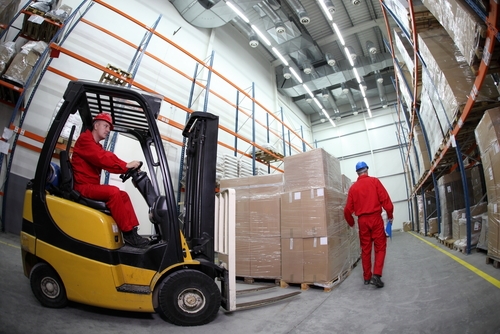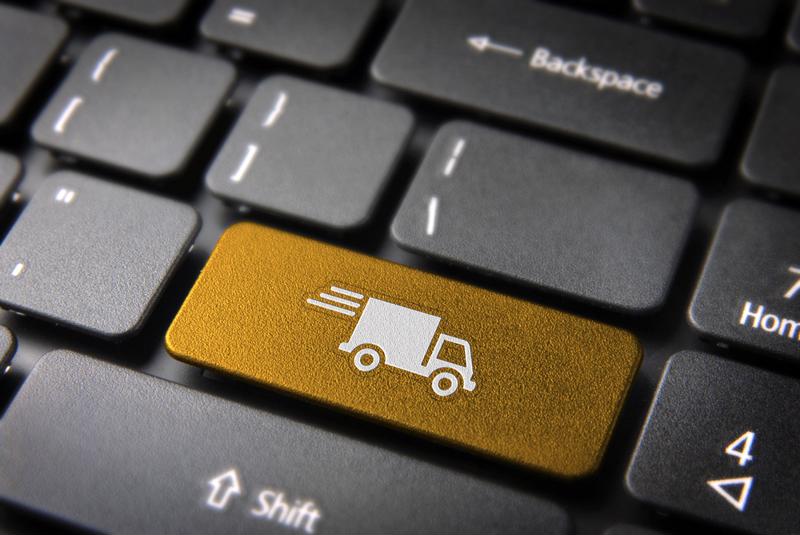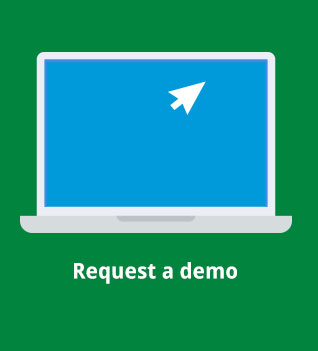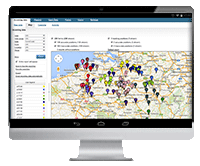As more businesses realize that owning equipment only to keep it in storage is a waste of revenue and space, the equipment rental sector across industries is booming. CNBC reported that in construction alone, the rental market rakes in around $40 billion per year, while Rental Equipment Register noted that that the Rental Sentiment Index indicated that it's a great environment for growth. The bottom line is that these firms need to support their expansion with new technologies, and in that regard, the equipment rental industry is a perfect candidate for mobile app-enabled productivity.
Mobility and equipment rental just go together. These businesses rely on field workers to track tools and machinery, to perform safety and quality inspections, and to collect financial information. However, with traditional methods for gathering data, employees only bring this information back to headquarters once or twice a day, and this means that administrators lack visibility into events, let alone the ability to collect data in real time. And those are just a few of the hundreds of use cases for mobile app-based workflows, and thanks to new mobile device capabilities such as RFID and NFC scanning and reading, there are hundreds more that could be listed. In fact, mobile capabilities have the power to reduce daily sales outstandings (DSOs), as employees scan RFIDs, collect photographs of signatures, making mobility more than just a productivity play.
Variety and volume of apps
The problem is that there isn't an app for that – or at least a particular one that addresses many different equipment rental needs. There aren't any mobile apps that cater to the industry at all, and that's because one mobile app won't ensure productivity gains across organizations. Instead of buying specific mobile apps, these businesses can embrace enterprise mobility with mobile app development platforms. In that regard, Mobilengine is the absolute best solution for equipment rental companies.

Having already demonstrated the value of Mobilengine in other industries – partners and customers include enterprises such as 3M, T-Systems, McGee and many more – businesses in the equipment rental industry know they can depend on Mobilengine's platform and backend-as-a-service solutions for rapid mobile app development and support of those mobile workflow solutions at scale.
Develop at scale, with speed and for any task
Instead of developing dozens of mobile apps for a variety of jobs, equipment rental companies can use the Mobilengine MADP to customize workflows based on business needs, corporate requirements and employee demands. These firms only need to adapt around 10 percent of a workflows code to create a unique and empowering mobile productivity app and to connect that app to existing IT systems. Any task can have a mobile solution, and Mobilengine enables that possibility by providing tools to easily develop and integrate mobile apps. Furthermore, Mobilengine lives in the cloud, allowing equipment rental businesses to scale backend systems without breaking the bank or hiring infrastructure experts.
The key to mobility in the equipment rental industry is to support every in-the-field task with a mobile workflow solution, and other mobile app development tools and platforms just don't provide the easy-to-develop capabilities that Mobilengine offers. Therefore, these businesses have a simple choice to make when looking to empower their employees with native mobile apps: Mobilengine.
Adam Dalnoki, Mobilengine’s CEO, brings IT and telecommunications expertise as an ex BCG consultant. He made a previous exit in a mobile payment start up and has held sales executive positions at Provimi and Kraft Foods.




 Managing a warehouse is just as important as overseeing deliveries.
Managing a warehouse is just as important as overseeing deliveries.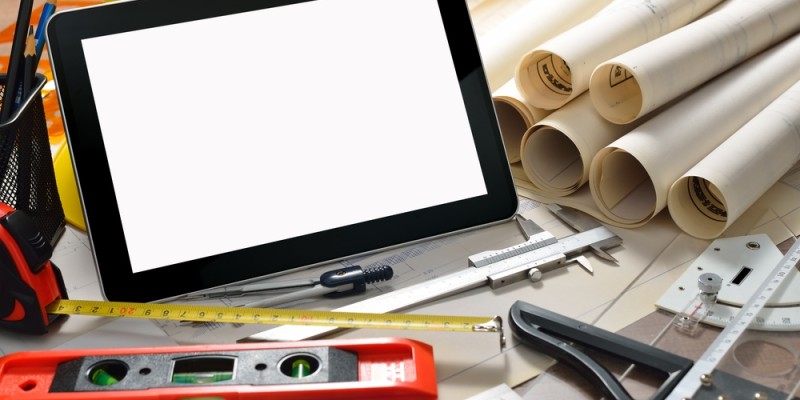

 Security teams can use mobile apps for any conceivable task.
Security teams can use mobile apps for any conceivable task.
 Mobile health care apps make nurses’ jobs easier, resulting in higher quality of care and more productive staff members.
Mobile health care apps make nurses’ jobs easier, resulting in higher quality of care and more productive staff members.